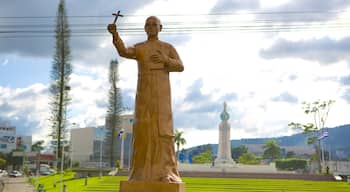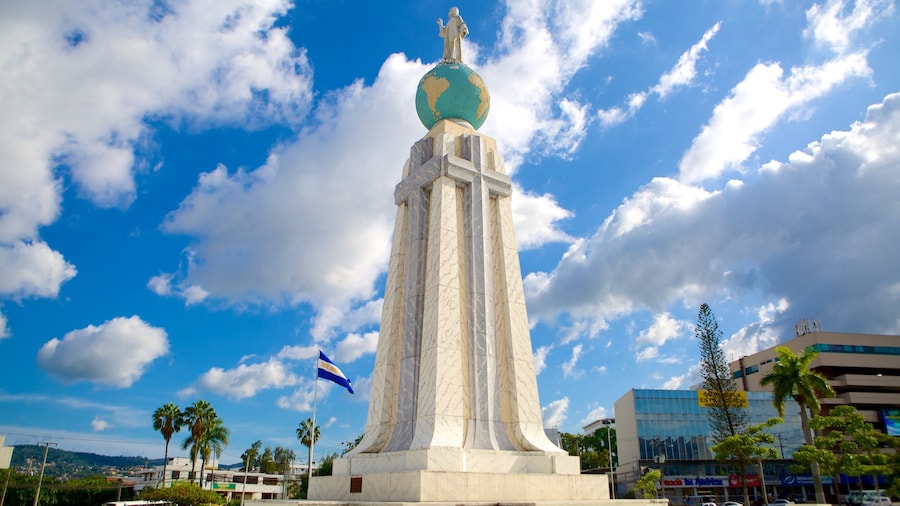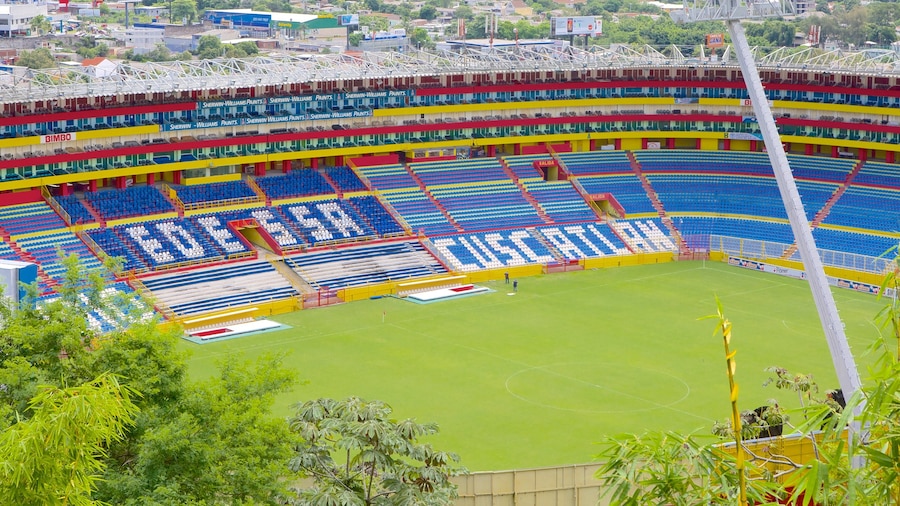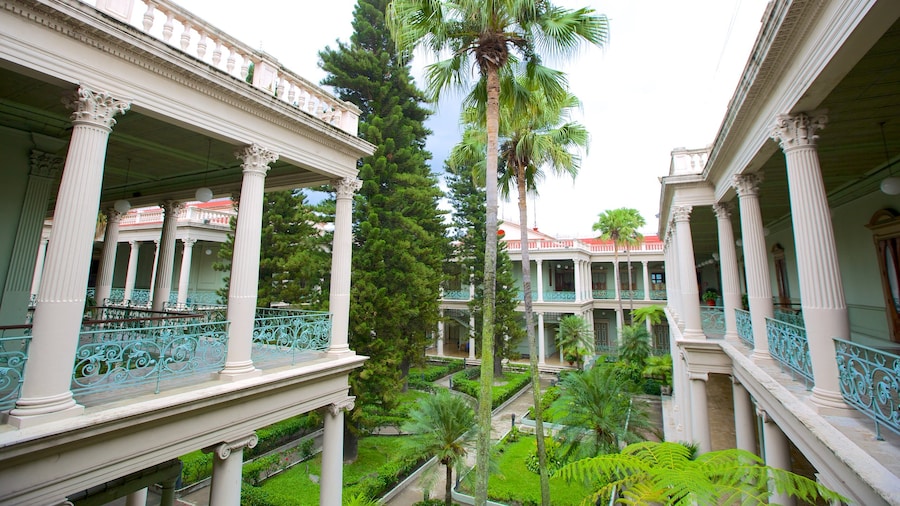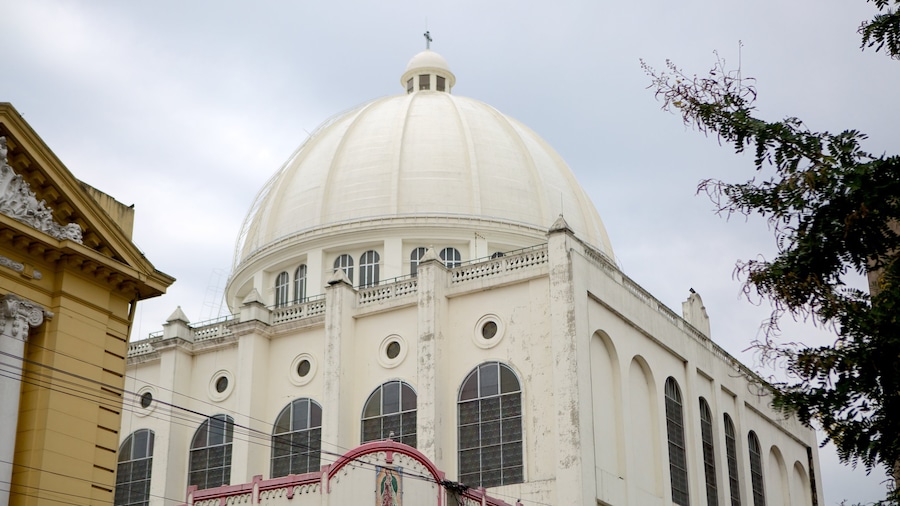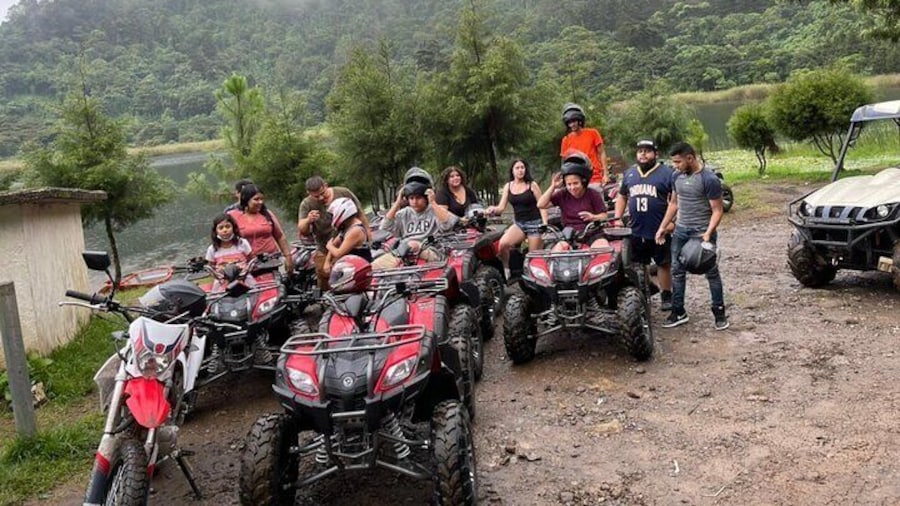The sprawling capital of El Salvador has a turbulent history, which is well documented in its museums and still visible in its national monuments.
El Salvador’s capital has a modern edge, yet at its core the traditional charms of Central America are maintained. Walk San Salvador’s long, straight boulevards and explore its maze of narrow streets to find trendy bars and bustling markets. Sport and the arts define the city’s modern-day residents and their enthusiasm for soccer and culture is contagious.
Learn more about Mayan history and admire ancient ceramics at the Museo Nacional de Antropología David J. Guzmán. Visit the Joya de Ceren Archaeological Site to see how indigenous farmers lived before the Spanish arrived in the 16th century. To experience how fanatic the locals are about soccer, see a game at the Estadio Cuscatlan. Art lovers shouldn’t miss the Museo de Arte de El Salvador.
While the San Salvador Volcano is a stunning backdrop to the city and provides great hiking trails, there were devastating landslides from its slopes in 1986 during an earthquake. Destructive on another level was the civil war, which raged until 1992. Since then, many of the city’s grand buildings have been restored, such as the Catedral Metropolitano and the impressive Palacio Nacional.
When walking around, be aware of your surroundings and take all necessary precautions to avoid becoming a target of criminals, especially after dark. To find out where it is safe, ask the locals about their favourite local attractions. During weekends, buy crafts and see street artists along the Paseo del Carmen in the San Tecla neighbourhood. Another popular choice is the Zona Rosa nightlife strip with clubs and restaurants.
El Salvador has an international airport and long-distance bus connections to other Central American countries. Surrounding the capital are coffee plantations, volcanoes and surfing beaches. To ensure your safety when travelling around, always opt for a taxi or organised tour over driving by yourself. To see the country’s largest crater lake, take a taxi to the Lago de Ilopango just east of the city.






